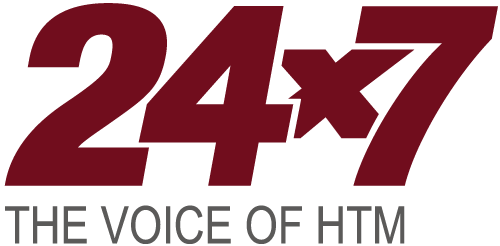Guidance addresses common challenges—from interoperability to network stability—to help healthcare organizations improve safety and efficiency in connected device operations.
AdvaMed recently published a technical performance and safety bulletin, titled “Remote Device Operations: Common Challenges and Mitigation Strategies,” to help health care providers, device manufacturers, and IT teams navigate the complex landscape of remotely managing medical devices.
As the adoption of remote device operations continues to grow, consistent operational and technical approaches to potential challenges are critical for bringing efficiency and supporting patient safety. The bulletin emphasizes the importance of collaboration across stakeholders to proactively address issues ranging from interoperability to network stability.
“Remote operations of medical devices offer a substantial opportunity to improve health care quality and access, but success depends on anticipating and managing the barriers that can come with connected systems,” says Michelle Gruber, product marketing specialist, digital and automation services for Siemens Healthineers, North America, and chair of the AdvaMed Imaging Remote Device Task Force, in a release. “This bulletin is a first step toward practical strategies to help maintain efficiency, safety, and compliance.”
Key challenges identified in the bulletin include:
- Interoperability and Standards: Ensuring connected medical devices comply with frameworks such as IEC 80001-1 and ISO TR 80001-2-6, with integration supported by the ANSI/AAMI/UL 2800 series of standards.
- Peripheral Device and Software Compatibility: Addressing frequent problems with input devices, drivers, and kiosk modes, which require both short-term fixes and long-term vendor collaboration.
- Third-Party Hardware and Tools: Tackling screen scaling, audio mismatches, and KVM/web viewer incompatibility through close coordination with hardware and software developers.
- Network-Related Issues: Managing bandwidth limitations, unstable video feeds, and degraded audio by defining clear network requirements and monitoring protocols.
- Security Patches and Service Updates: Minimizing downtime and misconfigurations through coordinated update planning with IT teams and vendors.
- Cloud Infrastructure and Regulatory Considerations: Mitigating latency, jurisdictional restrictions, and cost unpredictability through careful planning and vendor engagement.
ID 385586353 © Iryna Kushnarova | Dreamstime.com



